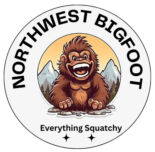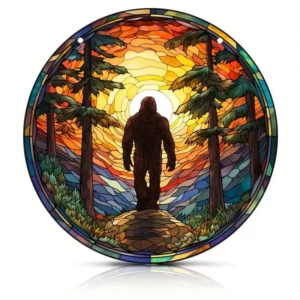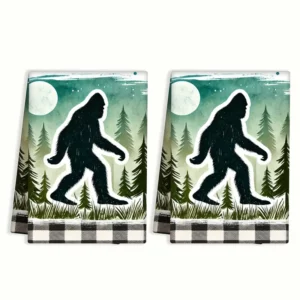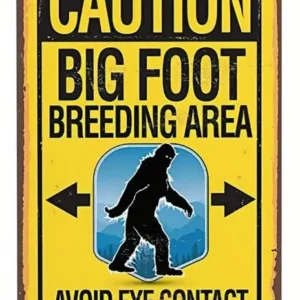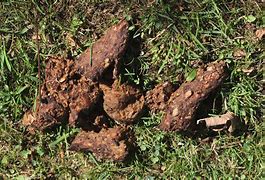Bigfoot and bear footprints can sometimes be confused, but there are distinct differences:
- Size and Shape:
- Bigfoot footprints are typically much larger, often measuring 15 to 24 inches in length, with a more elongated, human-like shape.
- Bear tracks are smaller, usually 5 to 10 inches, and have a rounded shape with visible claw marks.
- Toe Structure:
- Bigfoot tracks show five distinct toes, similar to human feet but on a much larger scale, with forward-facing alignment.
- Bear tracks also have five toes, but their front and rear paws leave different impressions. The front paws are more compact, while the rear paws are elongated.
- Stride and Gait:
- Bigfoot tracks are often found in pairs, reflecting bipedal movement, with a long stride of 4 to 6 feet between steps.
- Bear tracks show a quadrupedal gait, with all four paws leaving staggered impressions and a waddling motion.
- Depth of Impression:
- Bigfoot prints are believed to leave deeper impressions, suggesting a heavier creature.
- Bear tracks are shallower in comparison.
These differences help distinguish between the two, especially for enthusiasts and researchers in the field.
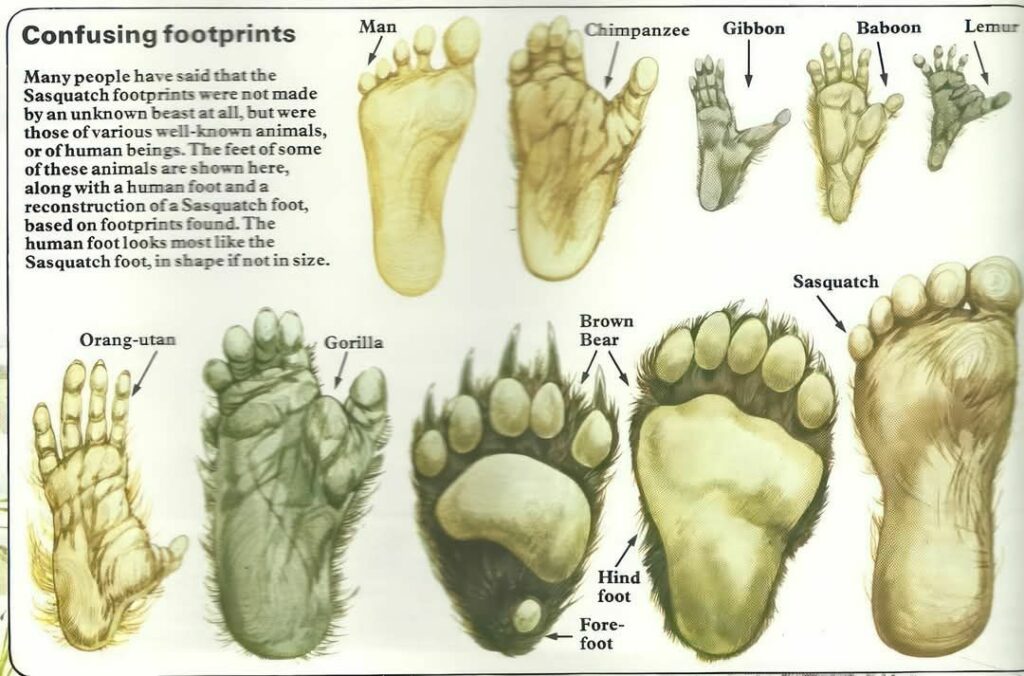
Bigfoot tracks stand out when compared to those of other common animals. Here are key differences:
- Human-like Shape:
- Bigfoot tracks resemble large human footprints, with five forward-facing toes and a distinct arch.
- Other animals, like deer or elk, have hoofed prints, while canines and felines show paw shapes with claws (canines) or retractable claws (felines).
- Size:
- Bigfoot tracks are typically 15–24 inches long and much wider than most animal tracks.
- For comparison:
- Bear tracks: About 5–10 inches.
- Wolf or large dog tracks: Roughly 3–5 inches.
- Mountain lion tracks: Around 3–4 inches.
- Toe Count:
- Many animals, like deer or elk, have two toes. Canines and felines have four toes on their tracks, whereas Bigfoot has five toes, like a human.
- Stride and Gait:
- Bigfoot tracks often show a bipedal (two-legged) gait with a long stride, typically 4–6 feet apart.
- Most animals, such as bears or wolves, move quadrupedally (on four legs) with staggered footprints.
- Depth of Impression:
- Bigfoot tracks are thought to leave deeper impressions, suggesting a very heavy creature.
- Other animals usually leave shallower tracks unless on soft ground.
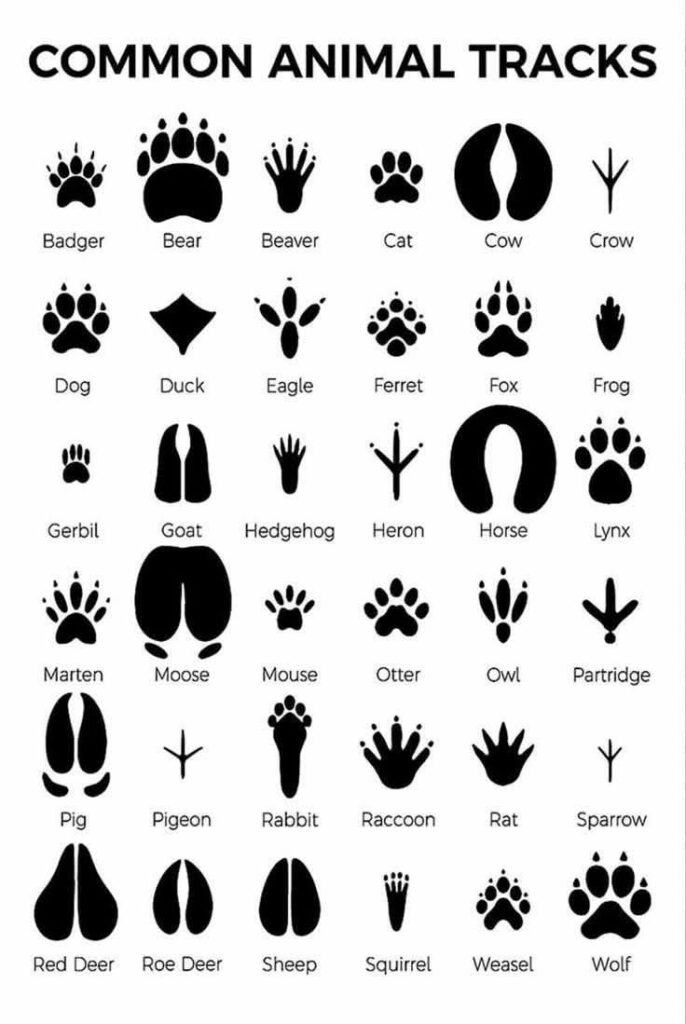
Sponsored Products
Your support Helps us pay for this site and conduct Analysis Research, everything helps… besides, you get Cool Bigfoot STUFF…
